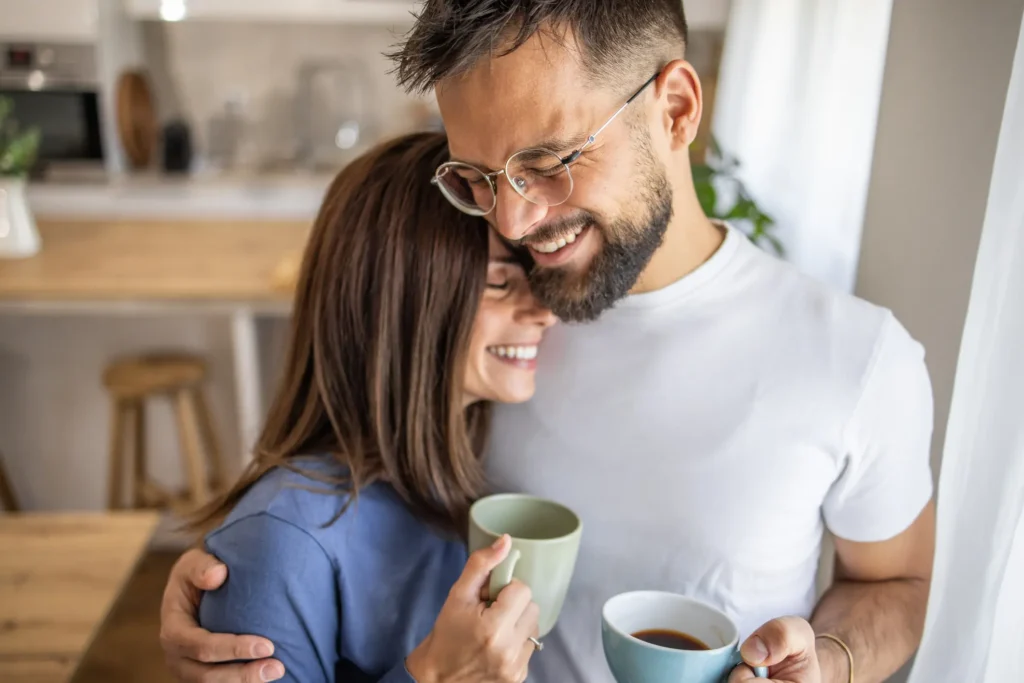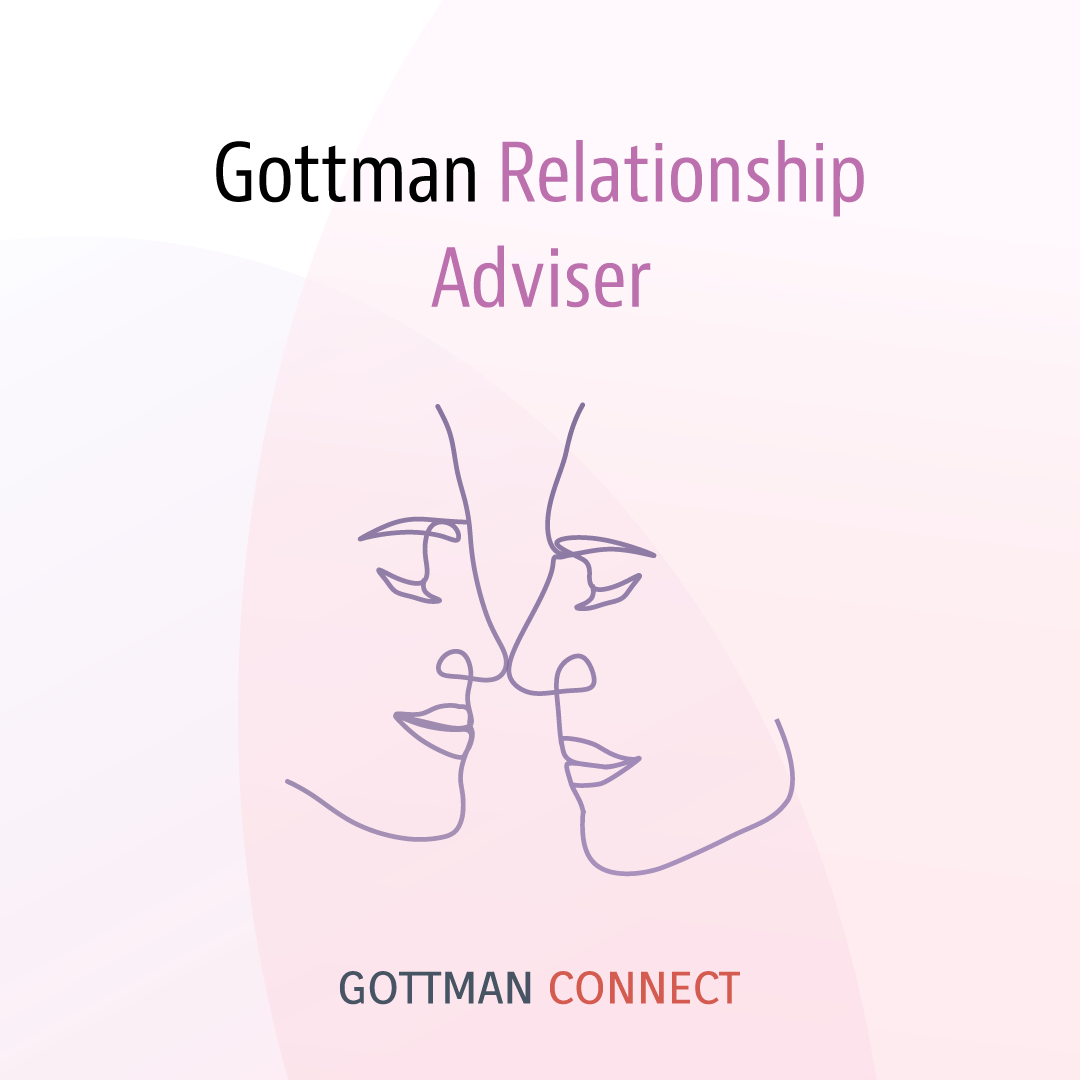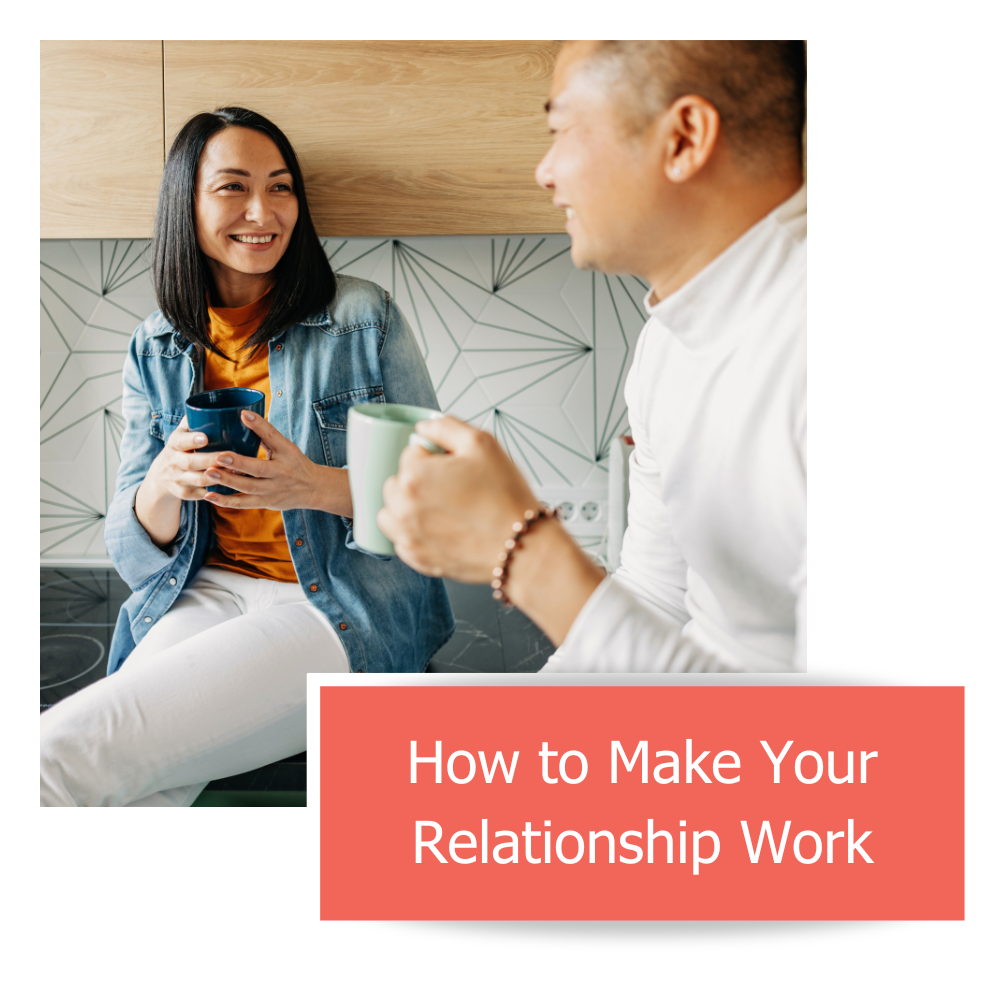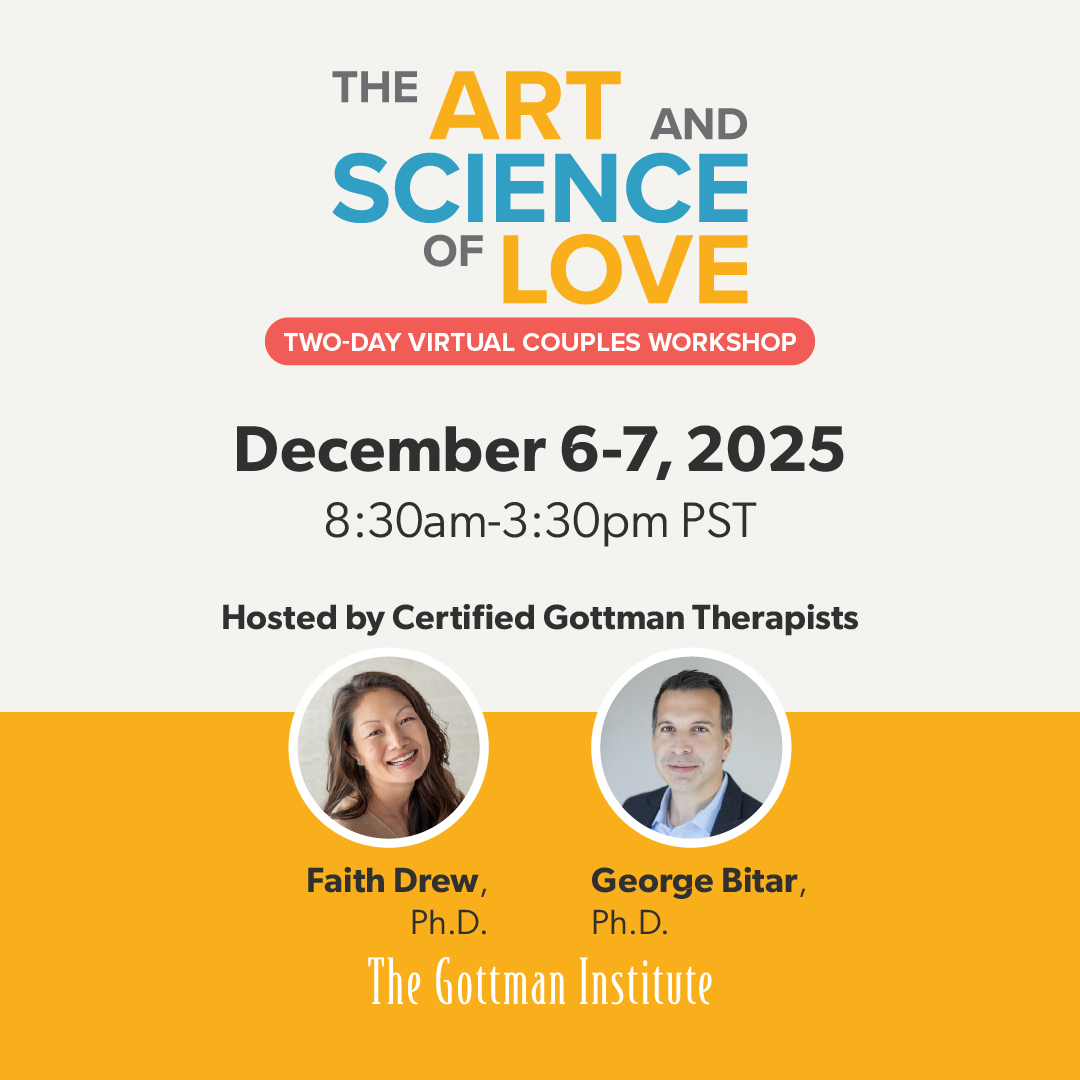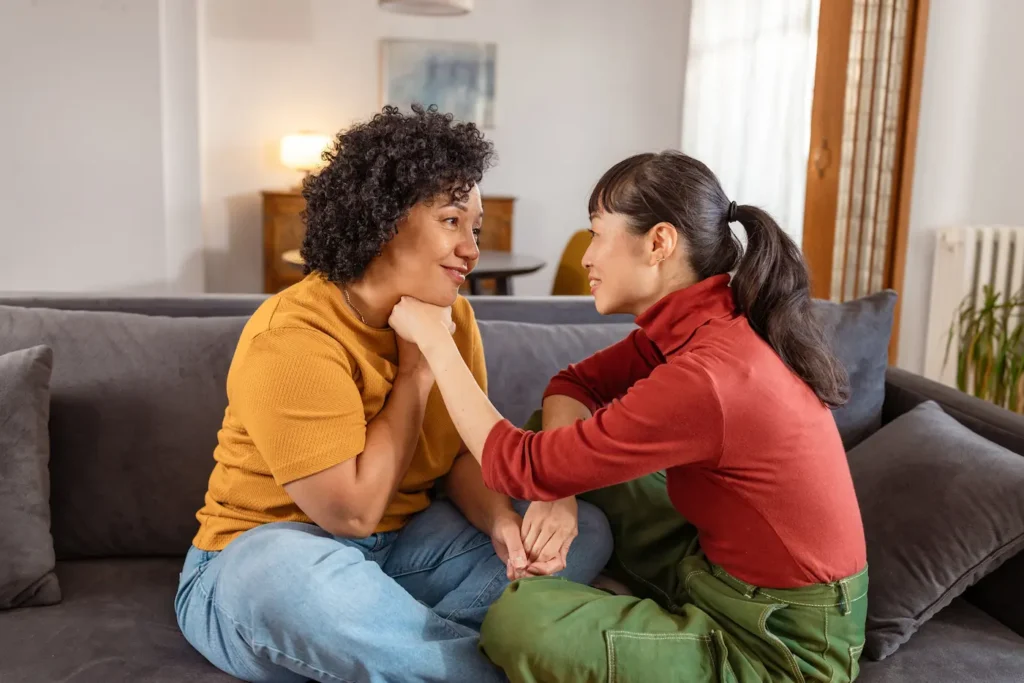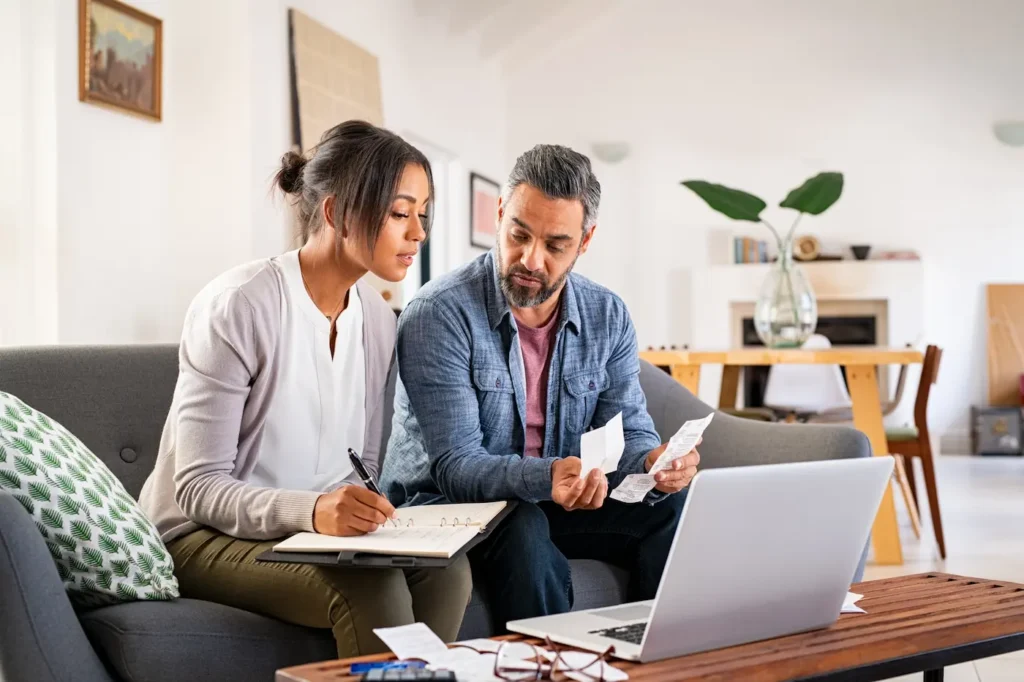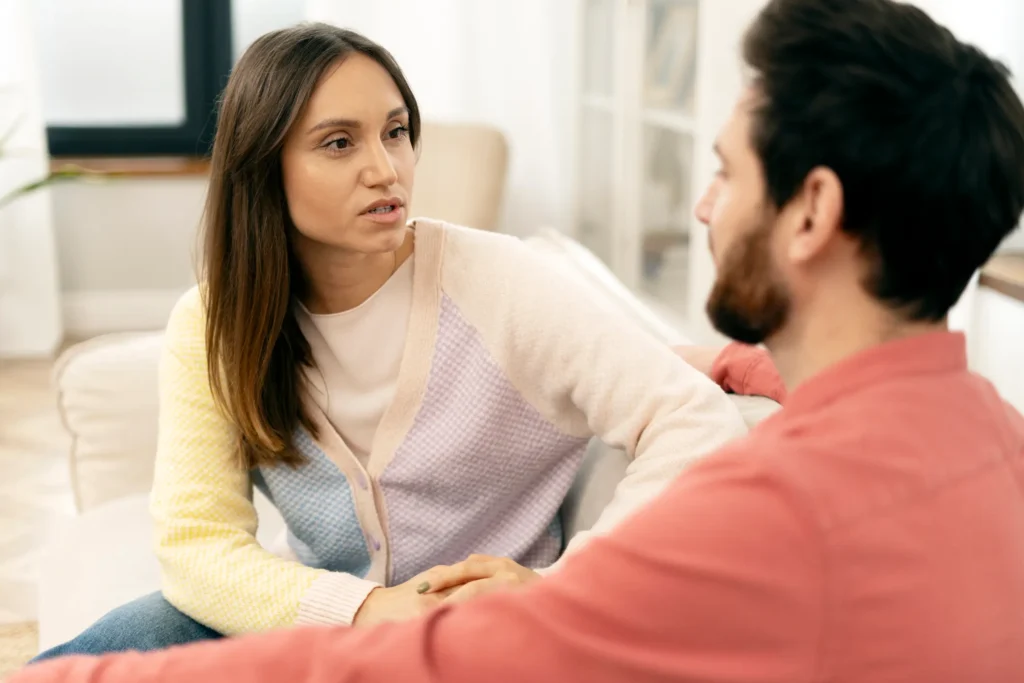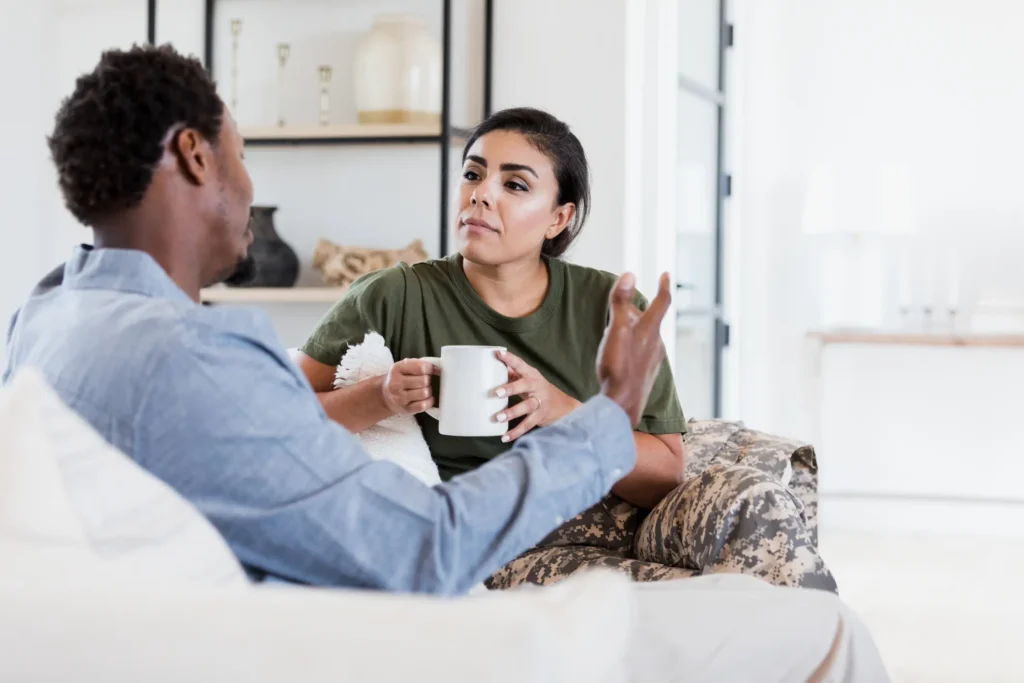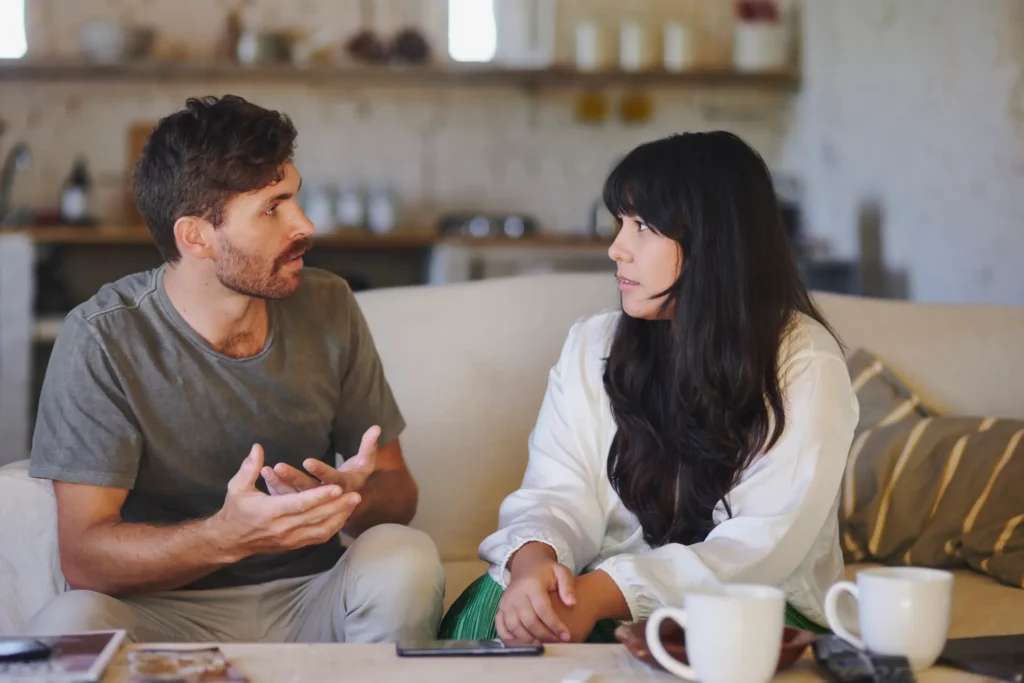What Is Love?
Love is a feeling that can be expressed in many different ways. It can be communicated through words, actions and behaviors. It is a deep feeling of affection and caring for another person. It is a necessary part of relationships, but in and of itself not enough to sustain relationships through the trials and tribulations of life.
Expression of Love
There has been a lot of focus on love and its expression. People show love by being affectionate, doing nice things for one another, showing their partner care, and telling them how much they mean to them.
People receive love in different ways as well. Some people love to receive compliments and affection. Others prefer when their partner cooks dinner and does the dishes for them. Because there is so much variation in how people express and receive love, there can be a disconnect in relationships. What if one partner feels loved when their partner plans a getaway weekend for them, while the other expresses love by doing the laundry and baking a cake?
Reasons for Differences
Like with most relationship issues, the reason for differences usually predate the relationship, originating from childhood. Here are some common reasons:
- How you were raised
- The way your parents showed you love
- How your parents expressed love to one another
- Relationships with your friends
- What you experienced in past relationships
- Your individual personality.
Love Mismatch
When there is a difference between how your partner expresses love and how you like to receive love, there is a mismatch. This type of mismatch can lead to misunderstandings and conflict. One partner might feel unappreciated and the other may feel misunderstood. Let’s say your husband goes out and buys an expensive necklace with your birthstone for your birthday. But you don’t wear a lot of jewelry and you are stressed about finances. When you receive it, you immediately think, I won’t wear this. What he spent on the necklace could have paid off the credit card bill. Your husband sees your face and feels badly. He might think I can never make her happy! Or she doesn’t appreciate the effort I make.
So this is where the difference between love and emotional connection comes into play.
Emotional Connection
Emotional connection is a deep bond between two people based on trust, commitment and a strong friendship. It is an intimacy that goes beyond love where your partner’s wellbeing is not just important to you but a part of how you think and what you consider as you move through your daily life.
What Does Emotional Connection Look Like?
- It begins with understanding your partner’s current world.
- What are they worried about?
- Who are their close friends?
- What are they looking forward to?
- How is their work?
So let’s go back to the scenario of the necklace for your birthday. If your husband had known that you were currently worried about money, he might have taken that into consideration when buying your birthday gift. If he paid attention to the fact that you wanted a day off from cooking and planning, he might have made the dinner plans. He can still give you a piece of jewelry so that he feels like he is expressing his love, but it could have been something less expensive and more meaningful.
This way you would both feel like you were giving and receiving love, and that it was appreciated by one another. You can see how this one small example can have different variations throughout your daily life, resulting in hurt feelings, misunderstandings and eventually resentment. This is not from an absence of love but rather a lack of understanding that comes from a true emotional connection.
Open-Ended Questions
One of the strongest predictors of lasting intimacy is how well partners stay connected in each other’s inner worlds. Keeping your partner in your mind’s awareness — even when you’re apart — is fundamental to emotional connection. You are moving through life together, not living parallel lives.
You do this by asking questions to more deeply understand them on a daily basis. Ask questions that invite your partner to open up, rather than ones that only allow for a one word response. It might look like ‘Tell me about the most stressful part of your day today” vs “How was your day?” Actively inviting your partner to share their experience, thoughts and feelings with you builds connection and trust.
Showing Appreciation
Noticing the positive things your partner does AND sharing your appreciation with them is an important part of a healthy happy relationship. It is easy to fall into a negative state of mind where you only notice the things your partner doesn’t do. That is a natural part of how the brain functions – the negativity bias. However, if you look for the positive in your environment, you will find it. When you regularly share appreciation and kindness towards your partner, you are creating a positive dynamic and feedback loop which leads to more and more positivity between the two of you.
Bids
Dr. John Gottman’s research shows that how couples handle ‘bids for connection’ is what can make or break a relationship. In fact he calls them ‘the fundamental unit of emotional communication.’ Bids for connection are those often subtle attempts to get attention from your partner. They can be verbal, nonverbal and/or a simple gesture. It is an expression of a desire to connect with your partner without actually saying “I want to connect. Pay attention to me!” 3 year olds are great at doing this with their parents, but as we get older it becomes more difficult to put ourselves in that position of vulnerability.
What Do Bids Look Like?
Bids may be thoughts, feelings, observations, opinions, or invitations. Easily recognizable verbal bids may sound like this:
- Do you want to grab a cup of coffee with me?
- Could you ask your friends if they know a good auto mechanic?
- My mom called me today.
- The neighbor’s house just went up for sale.
- How do I look?
- Did you see that news story about…?
According to Dr. Gottman, nonverbal bids include:
- Affectionate touching, such as a fun handshake, a pat, a squeeze, a kiss, a hug, or a back or shoulder rub.
- Facial expressions, such as a smile, blowing a kiss, making a silly face, or sticking out your tongue.
- Playful touching, such as tickling, bopping, wrestling, dancing, or a gentle bump or shove.
- Affiliating gestures, such as opening a door, offering a place to sit, handing over a utensil, or pointing to a shared activity or interest.
- Vocalizing, such as laughing, chuckling, grunting, sighing, or groaning in a way that invites interaction or interest.
How Do You Respond to a Bid?
There are three ways you can respond to a bid:
- Turning towards (acknowledging and engaging with the bid)
- Turning away (ignoring or missing the bid)
- Turning against (rejecting the bid through argument or hostility)
Gottman found a critical difference in how happy and unhappy couples respond to bids for connection. Happy couples turned towards each other 86% of the time. Unhappy couples turned towards each other only 33% of the time.
In fact, happy couples bid all the time. Gottman found that at the dinner table, happy couples might bid as many as one hundred times in a ten-minute period! It comes down to simply paying attention to one another and valuing and feeling valued by your partner.
The Role of Love
Falling in love with someone feels good…really good. There is an initial phase of love where hormones and neurotransmitters (including dopamine- the ‘feel good’ hormone) are released. This can cause a feeling of euphoria, intoxication….a high. This phase can last for several weeks to a couple of years at which point you will learn that while love is important, without emotional connection the relationship will likely not survive.
Even when love is present, frequent misunderstandings or hurt feelings can create distance. Often, this stems from differing ways of expressing love. When you center your attention on building emotional connection, you begin to bridge those differences and strengthen your bond.
When you have an emotional connection, you can argue without feeling like your relationship might end. You can fight and still know that your partner loves and respects you. Emotional connection allows you to move through the inevitable challenges that will arise in your relationship and in life. You have a sense of ‘we-ness’ vs ‘me-ness’ and know that regardless of what is happening around you, you have each other’s backs. This is the difference between love and emotional connection.
Recipe for Success
Research shows that doing the following will create an emotional loving connection:
- Know your partner’s world and hold space for it in your head and heart
- Ask your partner questions, inviting them to share and be vulnerable with you
- Notice the positive in your partner and let them know
- Turn towards your partner when they make a bid for connection
- Make and respond to lots and lots of bids
Life is full of external stress and pressures, unknowns and challenges. In between there are lots of moments. It is what you do in these moments that will allow you to get through the hard times with your partner. When you use these moments to connect and show your partner care, you are drastically increasing your chances of having a happy, healthy relationship. Unfortunately simply loving someone doesn’t fortify your relationship in the same way. Without the practices and moments of connection, love might exist but partners can drift apart emotionally. Love becomes an idea or an abstract, but not a shared and lived experience. So make the most of those small moments, do the little things that make a big difference to keep your love alive and have a successful relationship.
